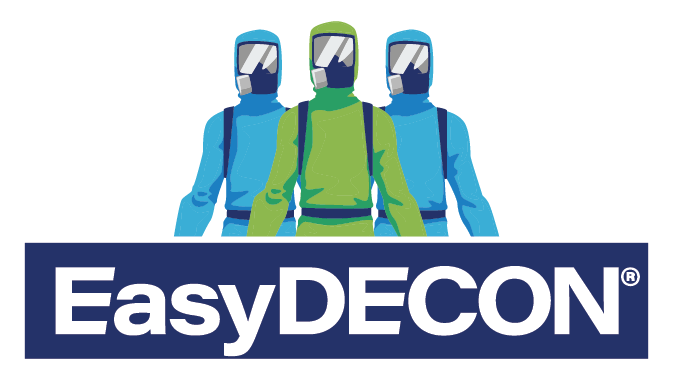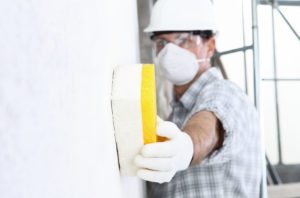When the Stakes Are High
EasyDECON® Is the Easy Choice
EPA Registered
On the N List for efficacy against SARS-CoV-2, the virus that causes COVID-19. (No. 74436-1 & 74436-2).
Simple 3-Part Solution
EasyDECON® contains a Surfactant, Peroxide & Booster that can be used for a variety of application methods.
Mold Remediation
Stops the formation of biofilms by dissolving oils, lipids & chemicals found in spores.
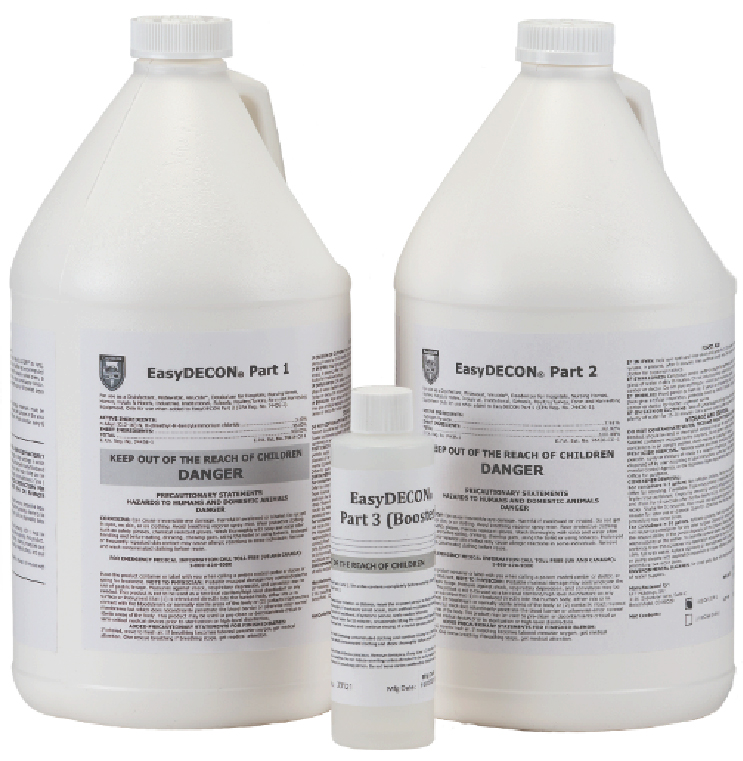
Fungicidal
Kills Aspergillus, Penicillium & Stachybotrys.
Bactericidal
Kills pathogenic bacteria such as MRSA.
Virucidal
Kills numerous viruses like C. Diff & Staph. A.

EPA Registered
On the N List for efficacy against SARS-CoV-2, the virus that causes COVID-19. (No. 74436-1 & 74436-2).
Simple 3-Part Solution
EasyDECON® contains a Surfactant, Peroxide & Booster that can be used for a variety of application methods.
Mold Remediation
Stops the formation of biofilms by dissolving oils, lipids & chemicals found in spores.
Fungicidal
Kills Aspergillus, Penicillium & Stachybotrys.
Bactericidal
Kills pathogenic bacteria such as MRSA.
Virucidal
Kills a variety of viruses including C. Diff & Staph. A.
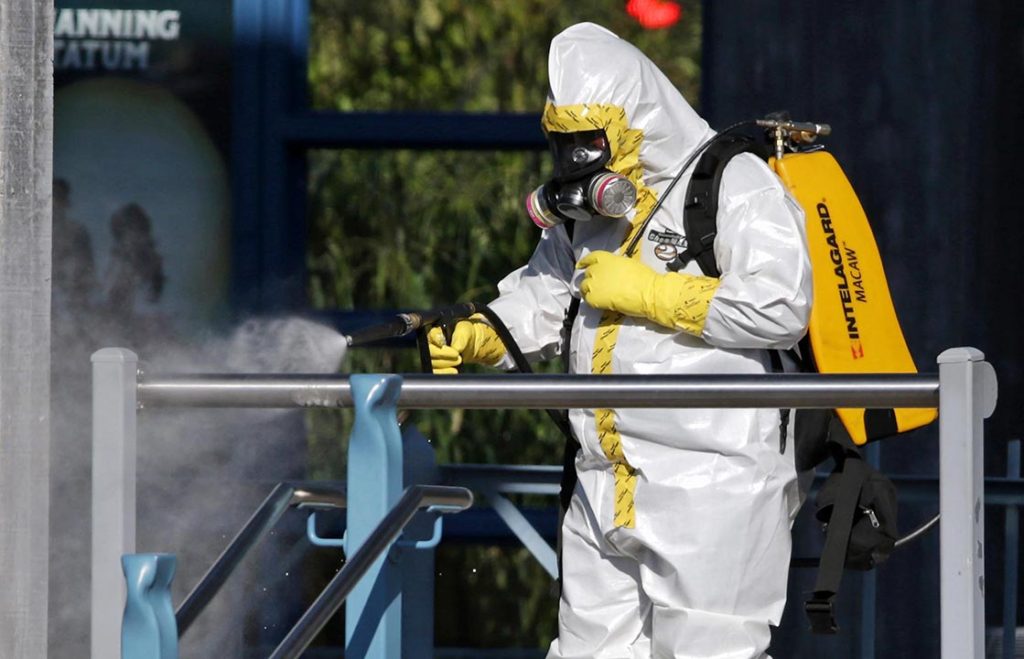
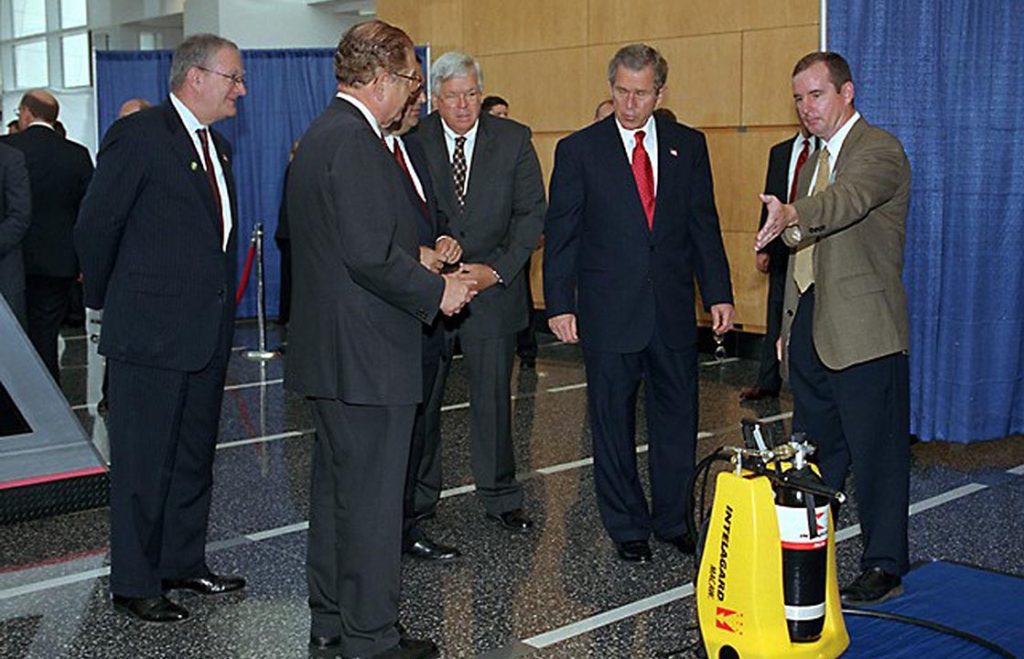
Effective Applicators
Don’t make the mistake of disinfecting facilities and homes without the proper equipment. The SwiftCAF® Sprayer System and Macaw® Backpack are affordable alternatives to heavy-duty equipment and bulky cleaning supplies.


Cleaning. Sanitizing. Disinfecting.
What’s the Difference?
- Cleaning
- Sanitizing
- Disinfecting
Why Cleaning Isn't Enough
It may seem easy to wipe down surfaces with a diluted solution in a spray bottle, but there’s a big difference between cleaning, sanitizing and disinfecting.
When it comes to eliminating germs on surfaces, understanding the differences between the three can help you provide a safe, welcoming environment for guests, customers and employees.
What "Cleaning" Really Means
The Centers for Disease Control (CDC) defines cleaning as the removal of foreign material from an object. This can be anything from dirt and grime, to food waste, grease and soils. The Environmental Protection Agency (EPA) defines cleaners as a substance or mixture of substances that clean away debris from a surface. It’s important to note that these definitions don’t include any mention of germ removal.
Is Sanitizing Better?

Sanitizers reduce microorganisms on surfaces. The main difference is efficacy. Sanitizers reduce bacteria but don't destroy or eliminate everything. Instead, they reduce the number on a surface to a safe level – generally without needing to rinse. According to EPA regulations, sanitizers are allowed to make antibacterial claims but cannot make kill claims for other types of organisms – i.e., viruses and fungi.
Disinfection is Key
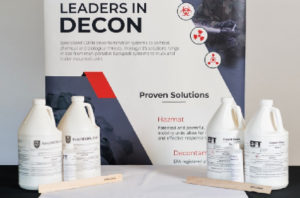
Disinfectants are the most effective category. The EPA defines them as substances or a mixture of substances that destroy or inactivate bacteria, viruses, and fungi. Since they feature the broadest spectrum of elimination, disinfectants provide the most effectiveness against many different kinds of microorganisms.
Look for products with broad spectrum efficacy and fast kill times – not all disinfectants are created equal, so make sure you’re maximizing your investment. EasyDECON® is a powerful cleaner, sanitizer, and disinfectant in one formula, making it a convenient, money-saving solution.

